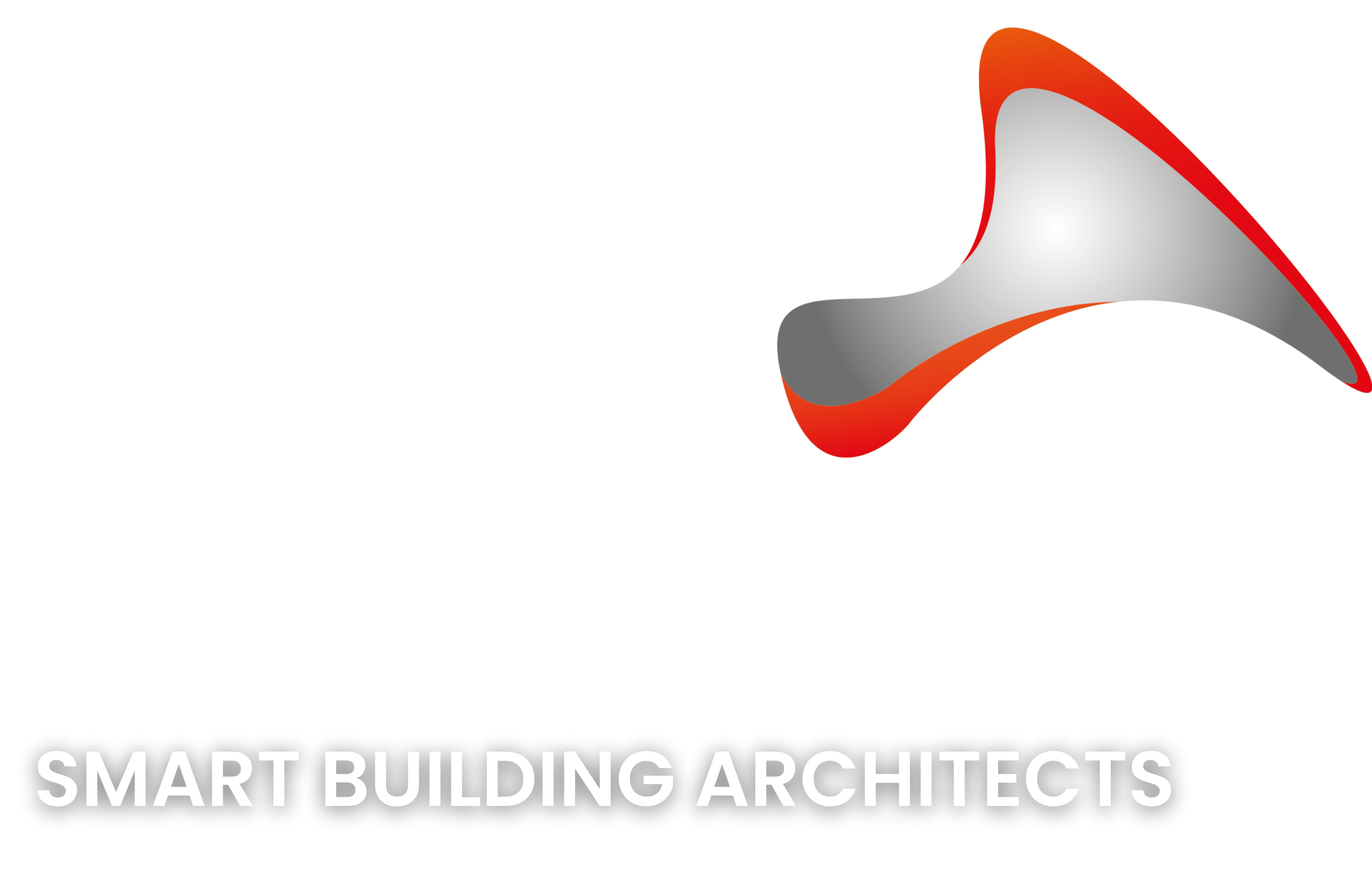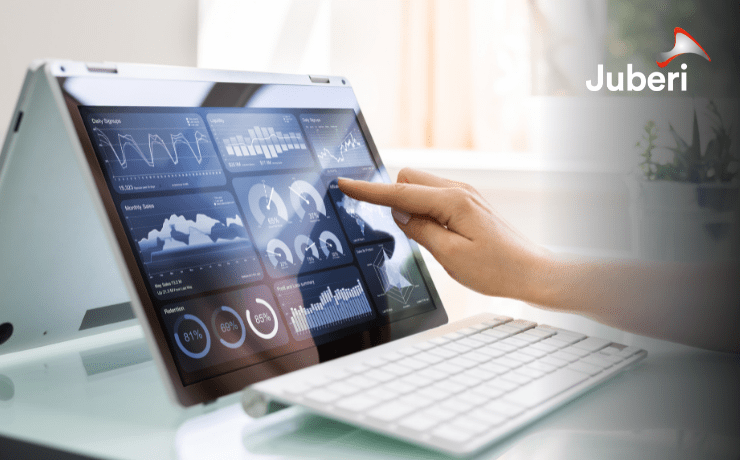Building intelligence has grown at a rapid pace over the past few years. Beyond the aftermarket sensors and beacons of an ever-expanding IoT, more and more buildings are built smart, bridging the gap between physical and digital. It’s easy to see why. The benefits of smart buildings are numerous, and companies are quickly learning how to harness smart tech into better insights and decision-making for facility operations.
For companies new to the idea of smart buildings or building out a small IoT network of devices, it’s worth understanding the scope of opportunity affiliated with smart buildings. Intelligent technologies enable insights that are becoming increasingly important for companies governing agile workspaces, a flexible workforce, and increasing demands for space versatility.
But first, let’s explore what a smart building is?
A Smart Building is one that generates data about itself and how it’s used. Typically, this occurs via the Internet of Things (IoT). Networked IoT sensors turn physical workplace action into digital data, which facility managers can use to make accurate insights about the physical workplace
OK, so what are the benefits that they can bring?
Smart buildings operate on a scale. Sometimes, it’s just a few sensors that provide targeted facility data. Other times, it’s a wide web of IoT devices that paint a complete digital picture of facilities. Regardless of size, the purpose of a smart building is to provide digital data about the physical application of a building and everything that happens within it. The benefits of smart buildings come from the data-generating systems that power them. It’s much easier to understand facilities when there’s data to inform how people use them. Moreover, this works in reverse, it’s easier to manage facilities when you understand them. Here’s some of the major benefits that Smart Buildings can bring:
- Automation opportunities – The more links there are between the physical workplace and digital management systems, the broader the opportunities for automation. Motion sensitive lights. Floor sensors for occupancy. Beacons to gauge workspace utilization. The IoT triggers powerful automations for a wide assortment of applications.
- Quantifiable building insights – Each data point generated by the IoT is a quantifiable part of the tangible workplace. That means understanding more about how the workplace functions—who’s using it, how they’re using it, and when they’re using it. Data points add up to trends, which add up to actionable insights.
- Reduced energy consumption – A product of automation and quantifiable building insights, green initiatives become simpler through smart buildings. This enables businesses to move closer towards their Net Zero targets and industry commitments.
- Real-time building insights – In workspaces with agile desking concepts, real-time insights are paramount. Good governance of these spaces relies on data to see what’s occupied vs. open and what the current status of a workspace is. Smart buildings offer the power to see the workplace as it is in a given moment. It goes beyond workspace occupancy, too. Real time insights extend to every digital representation of the physical building.
- Better resource utilisation – Smart Buildings better understand how people use their resources and provide information about how to make them more accessible or available for the future.
- New workplace opportunities – As flex work and agile workspaces become the new norm, there’s demand for systems to help manage them.
- Predictive maintenance – Preventive maintenance becomes a core function of facility upkeep, powered by insights from the IoT.
- Reduced operational costs – Through effective use of the insights generated by a smart building, you can embody better decision-making and as a result be able to identify and implement a range of cost saving solutions. Not only boosting the longevity of your business, but the building it resides in.
Above all, Smart Buildings lead to more meaningful management, both in terms of space and operations through use of comprehensive data. Every data point counts, and every data point is useful. There’s no denying that Smart buildings and the IoT have opened the door to better use of buildings, no matter the purpose.Keen to find out more about why Smart Buildings are the future? Why not get in touch.




